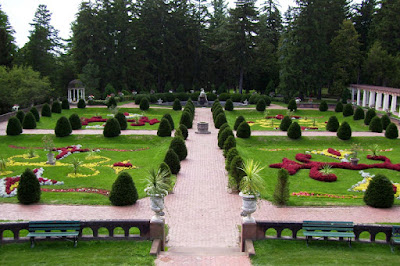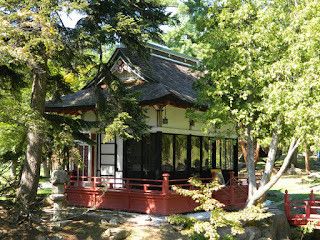One of the greatest misperceptions about Sonnenberg Gardens & Mansion State Historic Park is that it is directly funded by the State of New York. It is not the State but the activities of its non-profit organization that provide the funding for everything at Sonnenberg.
- Those operational costs amount to $2500/day and those funds are needed to run the park, turn the lights on, put paper in the copier, mow the lawns, clean the bathrooms, as well as preserving the historic structures we have.
- The greenhouses alone cost $200/day to heat and our cold weather, heating season spans a 6-month period.
- During the busy garden season the tram service that helps our guests visit the site use $100 of gasoline/day.
- Even the electricity, internet service, computer, and staff time used to create this message were costs covered by the non-profit's fund-raising.
So why doesn't the State pay? The non-profit "friends" organization at Sonnenberg is proud to have achieved the highest level affiliation with the State which means all park operational needs are managed by the non-profit. That also means fund-raising is a key activity at Sonnenberg and includes collecting park admission & membership dues, applying for grants, holding special fund-raising events, renting the site for weddings, and seeking donations.
Every dollar that comes in helps to keep the park open to the public and puts new glass in our greenhouse. It also keeps flowers growing and allows you to walk through the beautiful home of Frederick and Mary Thompson. Your support and donation today to our "Share Your Love" fund will help to share Sonnenberg's beauty and history for generations to come. Click the "donate" button to make your gift.
































